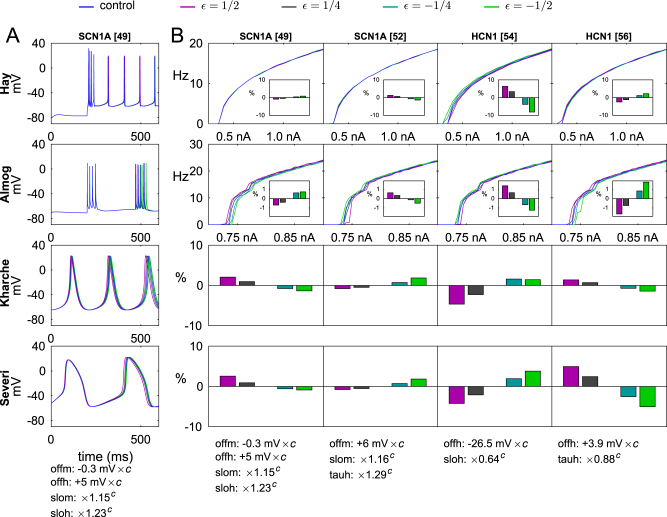Fig. 1. Effects of Na+ and HCN channel gene variants on L5PC and SANC excitability are qualitatively similar.
a The membrane-potential time courses of the modeled cells in control cells and Na+ channel variant cells. The L5PCs are stimulated with a somatic DC of amplitude 1.0 nA (Hay model, top panel) or 0.8 nA (Almog model, second from top) to induce stable spiking, while the SANCs rhythmically fire cardiac action potentials without any external stimulus (Kharche model third from top, Severi model on the bottom panel). Different colors represent different scalings of the same variant, parametrized by variable . Variants with and mean that the variant effects on model parameters are half or quarter, respectively, of those of the threshold variants (see threshold parameters c in Supplementary Table S2)—these variants are, therefore, confirmed to obey the above-mentioned scaling conditions. In addition, we consider the variants and , which represent parameter changes that are opposite to those of and variants. Blue: control, magenta:, gray: , cyan: , green: . b The f–I curves and pacemaking rhythms of the modeled cells for different Na+ channel and HCN channel variants. The L5PCs are stimulated with a somatic DC of amplitude ranging from 0.25 to 1.4 nA (Hay model) or 0.7 to 0.9 nA (Almog model), and the firing frequency is plotted against the stimulus amplitude. The insets show the change in threshold current at rest in relation to that of the control neuron (0.350 nA in the Hay model, 0.418 nA in the Almog model: note that the threshold for inducing single spikes at rest is lower than the threshold for inducing continuous spiking). For SANCs, the relative difference from control cell pacemaking rhythm (4.76 Hz in the Kharche model, 2.90 Hz in the Severi model) are shown. Apart for the varied effects of Na+ channel variants on L5PC f–I curves, it can observed that those variants that increase the L5PC firing frequency also mostly increase the pacemaking rhythm in SANCs, and vice versa

